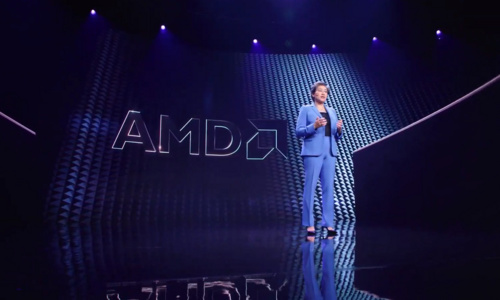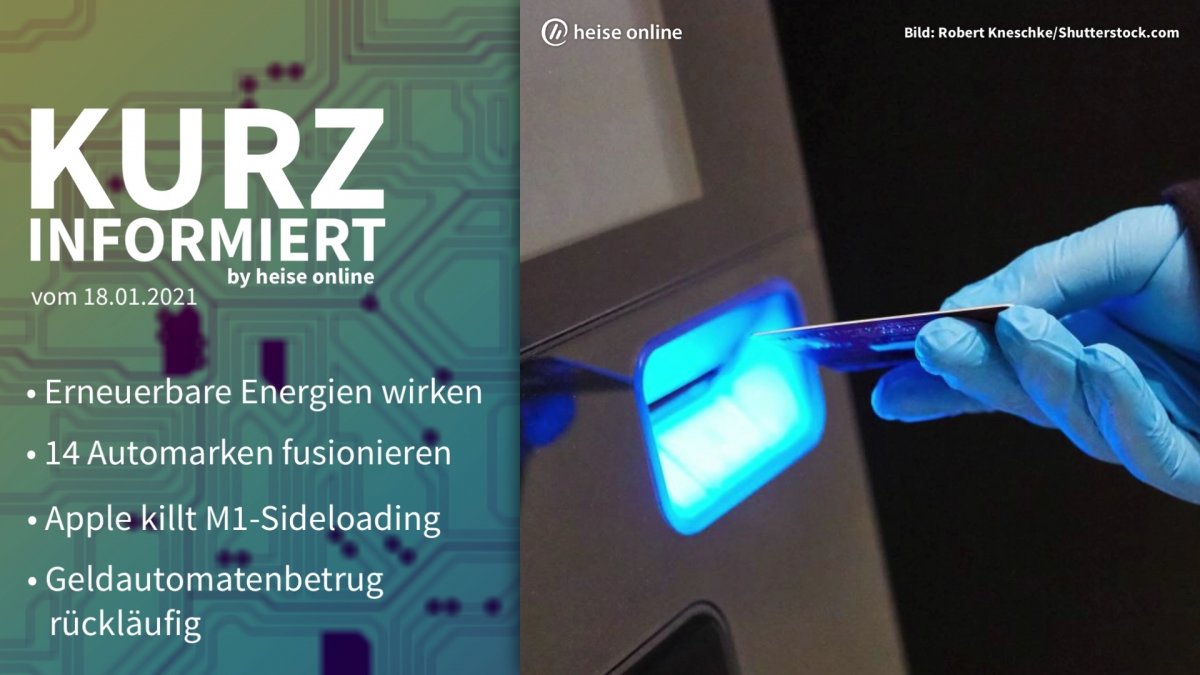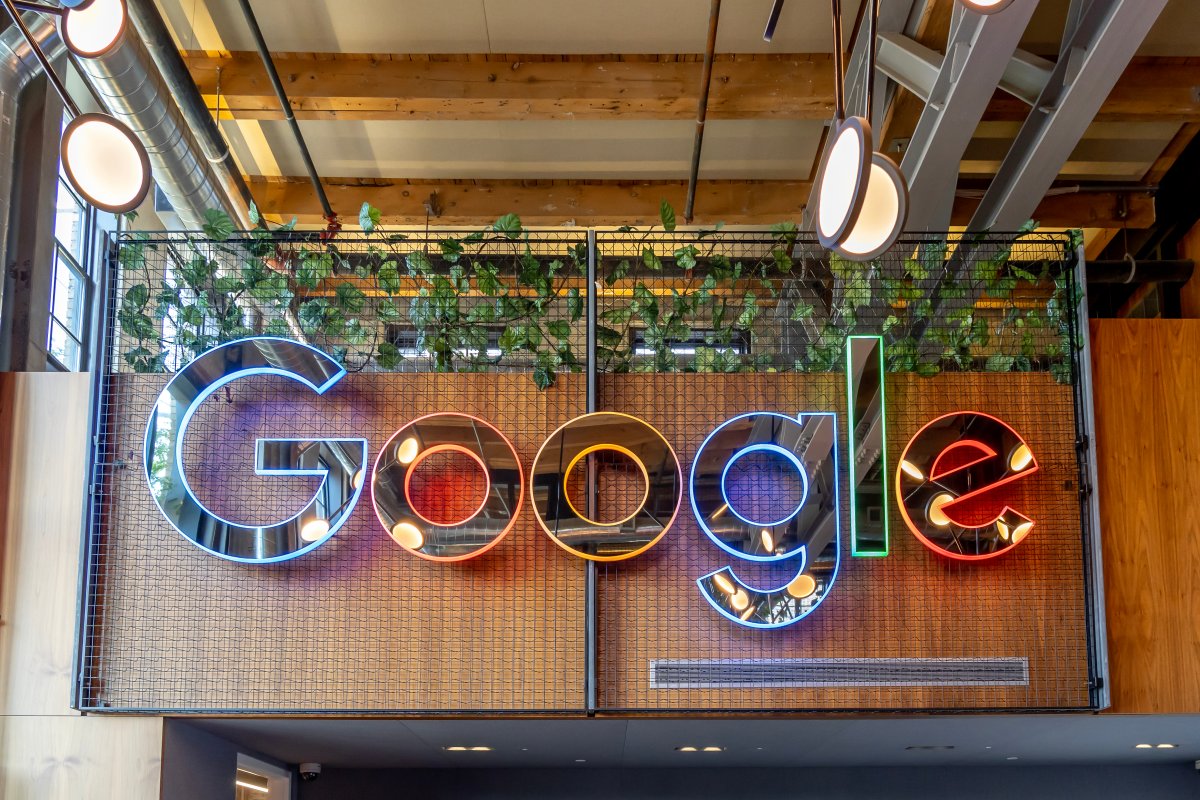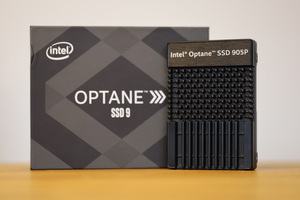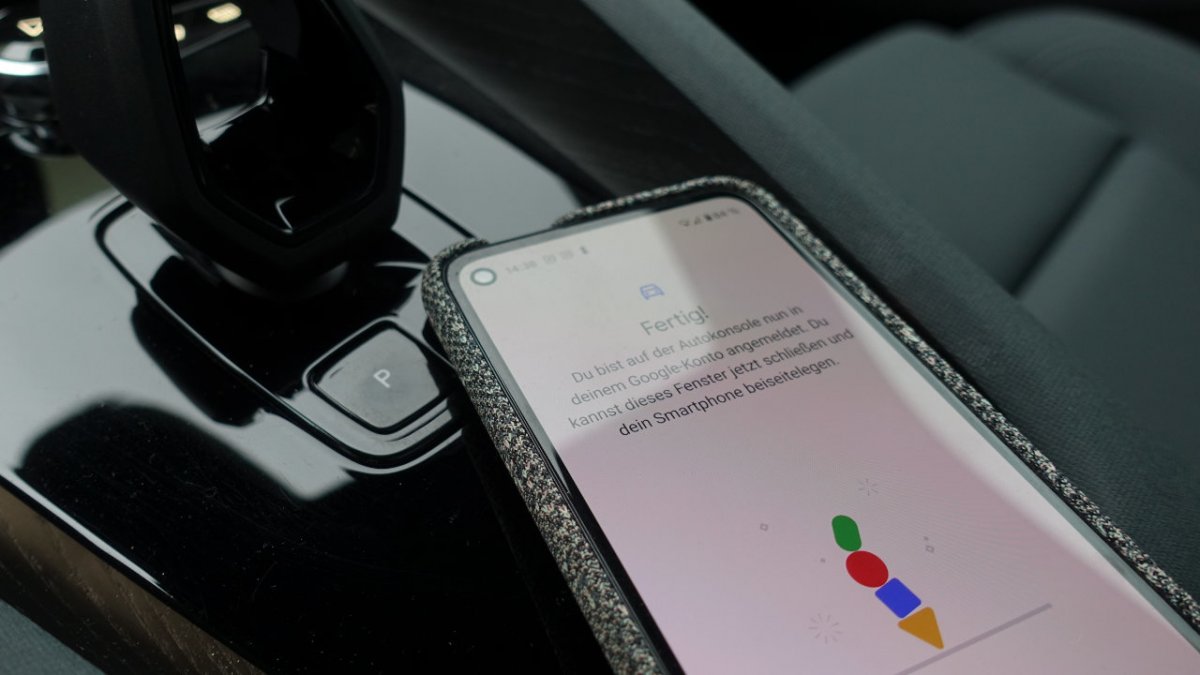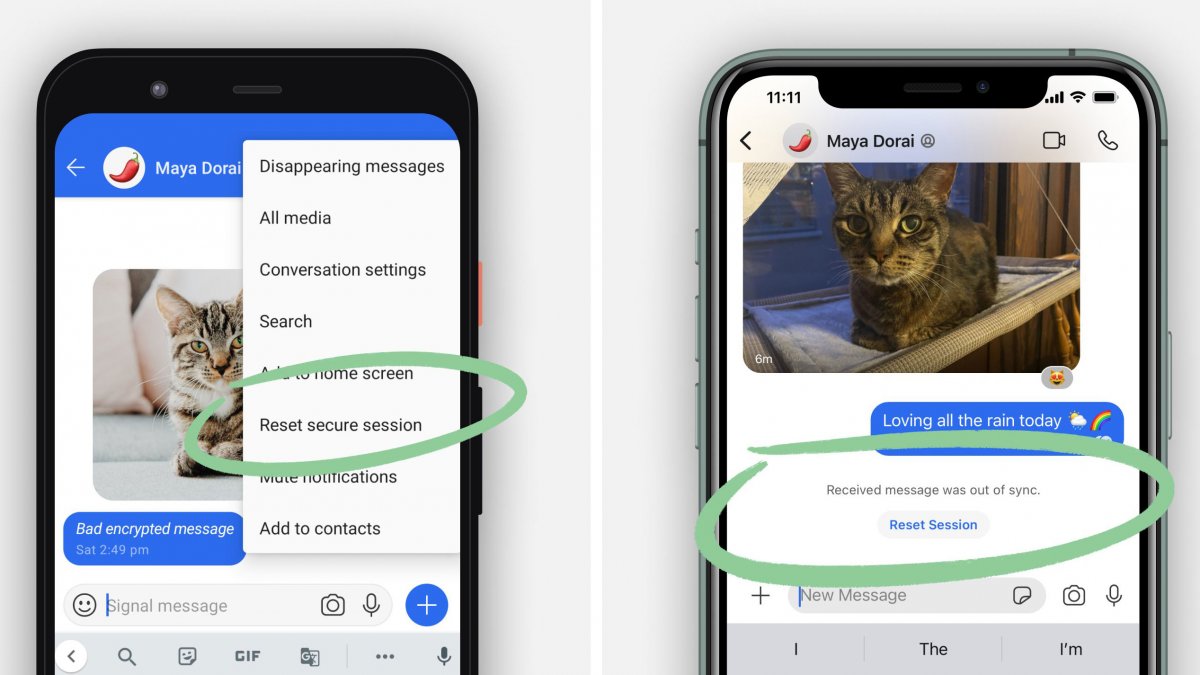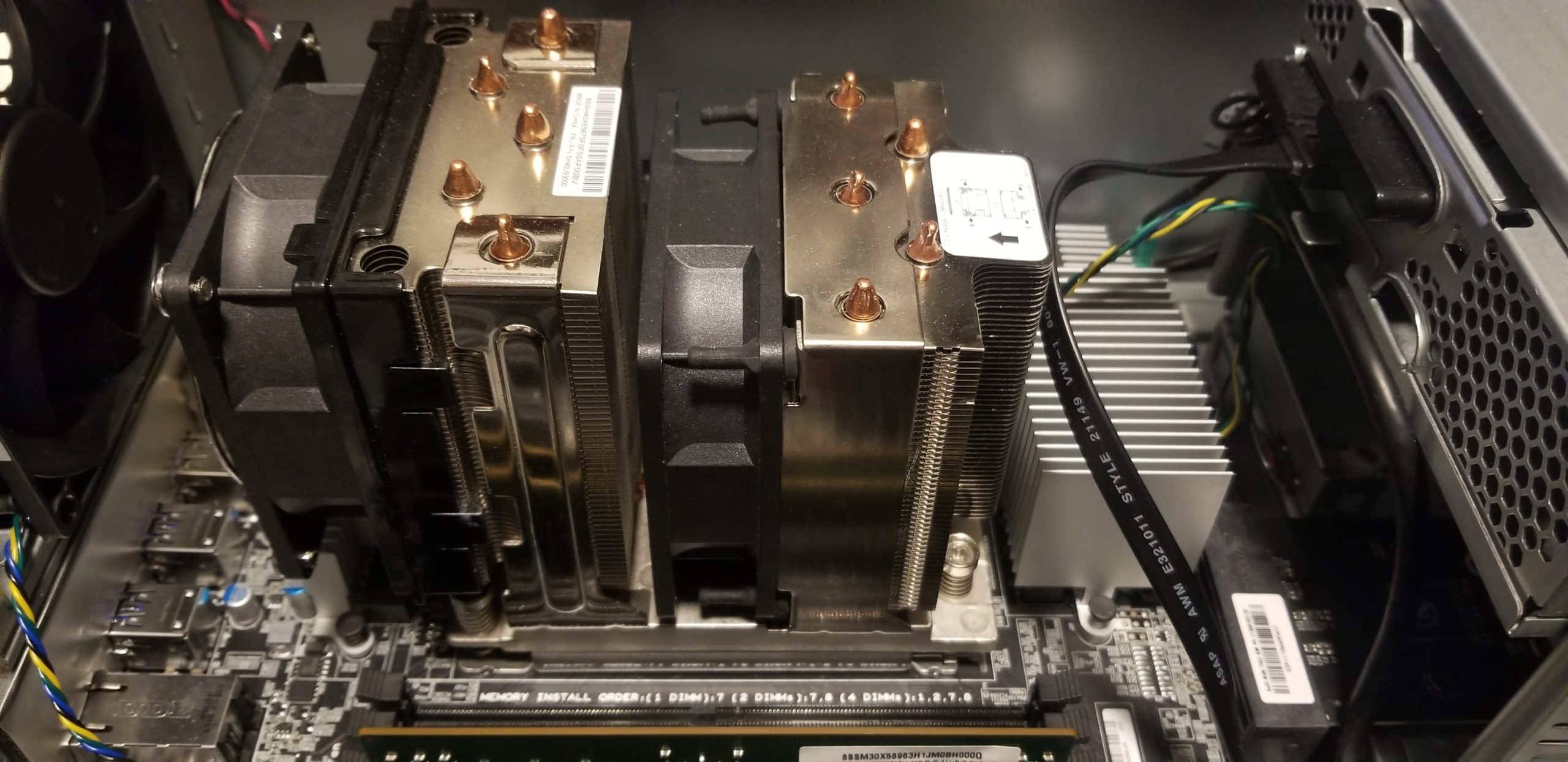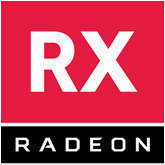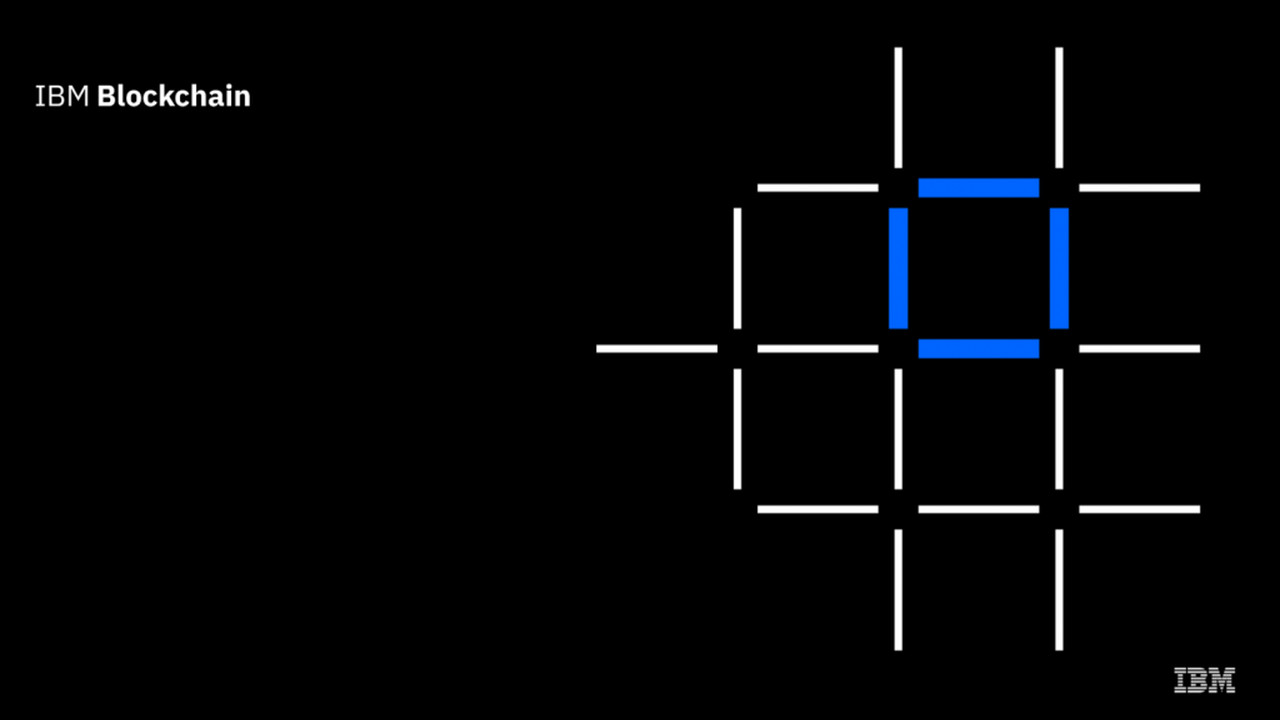AMD’s Threadripper 3000 processors are best known for wreaking complete devastation on Intel’s HEDT lineup, easily outclassing the incumbent Cascade Lake-X processors in key areas, and upsetting our CPU Benchmark Hierarchy and Best CPUs for Workstations rankings in one fell swoop. While we certainly weren’t accustomed to seeing Intel so utterly trounced in a segment it has traditionally ruled with pricing impunity, the Threadripper 3000 processors did fall short in one area – they didn’t enable all eight memory channels or the full complement of PCIe lanes. AMD’s Threadripper Pro fixes that, and the chips are coming to retail outlets soon.
The ludicrously-appointed 64-core 128-thread 3995WX serves as the head of AMD’s new four-pronged Threadripper Pro lineup, which extends down to 12-core models. At launch, all of the chips were exclusive to Lenovo’s ThinkStation P620 workstations. However, AMD recently announced that it was bringing the top three models to retail outlets, and the company’s partners announced several new motherboards, like the ASUS Pro WS Sage SE and the Gigabyte WRX80-SU8. Unfortunately, AMD hasn’t shared retail pricing details yet.
The consumer Threadripper models also weren’t designed to fully address the needs of the high-volume and high-margin OEM workstation market, which is key as AMD looks to expand its market share-stealing streak. AMD never specifically designed or marketed its Threadripper lineup for the workstation market, but the new Threadripper Pro chips are designed to allow the company to penetrate the lucrative OEM workstation segment for the first time in 15 years, opening a new front in AMDs battle against Intel’s highest-end chips.
AMD Threadripper Pro Series
|
Cores / Threads |
Base / Boost (GHz) |
L3 Cache (MB) |
PCIe |
DRAM |
TDP |
| Threadripper Pro 3995WX |
64 / 128 |
2.7 / 4.2 |
256 MB |
128 Gen 4 |
Eight-Channel DDR4-3200 |
280W |
| Threadripper Pro 3975WX |
32 / 64 |
3.5 / 4.2 |
128 |
128 Gen 4 |
Eight-Channel DDR4-3200 |
280W |
| Threadripper Pro 3955WX |
16 / 32 |
3.9 / 4.3 |
64 |
128 Gen 4 |
Eight-Channel DDR4-3200 |
280W |
| Threadripper Pro 3945WX |
12 / 24 |
4.0 / 4.3 |
62 |
128 Gen 4 |
Eight-Channel DDR4-3200 |
280W |
Given that AMD’s Threadripper 3990X has already entirely redefined the high end desktop (HEDT) on the consumer side of the equation, it’s natural to expect AMD to eventually bring the advantages of its Zen 2 microarchitecture and the 7nm process to the workstation market – but that hasn’t been a quick and easy path. Fielding OEM-class systems requires passage through strict validation procedures. In the past, AMD’s customers with a strict need for OEM systems either went with the Ryzen Pro or EPYC server models instead, or chose a consumer-focused Threaddripper system from smaller custom system makers. That’s a gap that the new Threadripper Pro series aims to fill, and it certainly also helps AMD build OEM relationships and readies them for AMD’s future chips, like the Zen 3 Threadripper models that will undoubtedly come in due course.
The Threadripper Pro 3995WX comes with plenty of additives to earn the distinction of the most powerful workstation chip on the market – it’s 64 cores easily outweigh Intel’s maximum of 28 cores in a single-socket workstation. In threaded workloads, the 3995WX can even outperform dual-socket Intel systems that come with up to 56 cores.
Aside from the class-leading core counts, AMD’s Threadripper Pro also comes with other features that give it a leg up over competing chips. In many respects, the 3995WX is akin to AMD’s consumer-focused Threadripper 3990X – but on steroids. While both chips feature the same overall design with 64 cores and 128 threads, the Pro series brings eight DDR4-3200 memory channels to bear, thus providing increased memory throughput over AMD’s quad-channel Threadripper models, not to mention Intel’s six-channel Xeon W models that top out at DDR4-2933. You’ll have to step up to a dual-socket Intel-powered workstation to find more available memory channels.
The expanded memory throughput also addresses a key weakness that limits AMD’s consumer Threadripper processors in some applications – memory throughput per core – while also handily serving up more total memory bandwidth than a single Intel Xeon W chip.
AMD also bumped maximum memory capacity up to 2TB in systems that support two DIMMs per channel, a big jump over the 256GB supported with the company’s own consumer models, not to mention Intel’s competing Xeon W chips that have a 1TB limit. You’ll have to step up to Intel’s Xeon Scalable lineup, which is largely meant for servers instead of workstations, to match Threadripper Pro’s 2TB of memory capacity.
AMD also increased PCIe 4.0 support from 72 lanes with the standard Threadripper models to 128 with every chip in the Pro series, all while Intel’s Xeon W remains mired on the PCIe 3.0 interface with 64 lanes. The doubled throughput of each PCIe 4.0 lane, not to mention that the 3995WX has 2.5X more lanes, is a boon for professional users that want to use the fastest high-performance storage and networking additives, or have the ability to connect four Quadro GPUs in a single-socket chassis.
AMD positions the Threadripper Pro chips for professional studios, designers, engineers, and data scientists, all of which can benefit from increased connectivity. We put the chips to the test in professional-class applications and our standard desktop PC test suite. And yes, we took the chip for a spin through our gaming suite to see how the extra four memory channels impact gaming performance.
AMD Threadripper Pro Specifications
The Threadripper Pro chips come with the ‘WX’ suffix to denote they are designed specifically for the professional workstation market and drop into specialized single-socket WRX80 motherboards featuring the sWRX8 socket. The LGA4094 socket is physically identical to the Threadripper consumer and EPYC data center platforms. Still, it features different pin assignments: AMD enabled some pins to support more memory channels and PCIe lanes than are available on the Threadripper consumer chips, and disabled certain pins used to support multiple sockets on EPYC platforms. The chips feature the same internal chiplet-based architecture as the desktop variants, albeit with a fully-enabled I/O Die (IOD) that activates the extra PCIe lanes and two additional dual-channel memory controllers.
|
Cores / Threads |
Base / Boost (GHz) |
L3 Cache (MB) |
PCIe |
DRAM |
TDP |
MSRP/RCP |
| Threadripper Pro 3995WX |
64 / 128 |
2.7 / 4.2 |
256 |
128 Gen 4 |
Eight-Channel DDR4-3200 |
280W |
N/A |
| Threadripper 3990X |
64 / 128 |
2.9 / 4.3 |
256 |
88 Gen 4 (72 Usable) |
Quad DDR4-3200 |
280W |
$3,990 |
| EPYC 7442 |
64 / 128 |
2.25 / 3.4 |
256 |
128 Gen 4 |
Eight-Channel DDR4-3200 |
225W |
$6,950 |
| EPYC 7542 |
32 / 64 |
3.9 / 3.4 |
128 |
128 Gen 4 |
Eight-Channel DDR4-3200 |
225W |
$3,400 |
| Threadripper Pro 3975WX |
32 / 64 |
3.5 / 4.2 |
128 |
128 Gen 4 |
Eight-Channel DDR4-3200 |
280W |
N/A |
| Xeon 8280 |
28 / 56 |
2.7 / 4.0 |
38.5 |
48 Gen 3 |
Six-Channel DDR4-2933 |
205W |
$10,009 |
| Intel W-3175X |
28 / 56 |
3.1 / 4.8 |
38.5 |
48 Gen 3 |
Six-Channel DDR4-2666 |
255W |
$2999 |
| Threadripper 3970X |
32 / 64 |
3.7 / 4.5 |
*128 |
88 Gen 4 (72 Usable) |
Quad DDR4-3200 |
280W |
$1999 |
| Xeon W-3275 |
28 / 56 |
2.5 / 4.6 |
38.5 |
64 Gen3 |
Six-Channel DDR4-2933 |
205W |
$4,449 |
| Threadripper 3960X |
24 / 48 |
3.8 / 4.5 |
*128 |
88 Gen 4 (72 Usable) |
Quad DDR4-3200 |
280W |
$1,399 |
| Xeon W-3265 |
24 / 48 |
2.7 / 4.6 |
33 |
64 Gen 3 |
Six-Channel DDR4-2933 |
205W |
$3,349 |
| Threadripper Pro 3955WX |
16 / 32 |
3.9 / 4.3 |
64 |
128 Gen 4 |
Eight-Channel DDR4-3200 |
280W |
N/A |
| Ryzen 9 3950X |
16 / 32 |
3.5 / 4.7 |
64 |
64 |
Dual DDR4-3200 |
105W |
$749 |
| Threadripper Pro 3945WX |
12 / 24 |
4.0 / 4.3 |
62 |
128 Gen 4 |
Eight-Channel DDR4-3200 |
280W |
N/A |
All Threadripper Pro models also support 128 lanes of PCIe 4.0 connectivity. The chips also feature a 280W TDP rating that matches the consumer models but stretches beyond the maximum 250W TDP found with the EPYC frequency-optimized series of processors.
All of the Threadripper Pro processors feature a maximum frequency over 4.0 GHz, which is important not only for lightly-threaded workloads but also for applications that are licensed on a per-core basis, meaning you pay higher licensing fees based on the number of cores present in the system. Naturally, faster cores equate to more value for your software licensing dollar.
The 280W Threadripper Pro 3995WX is AMD’s first 64-core workstation processor and, like it’s comparable EPYC and Threadripper models, comes with 256MB of L3 cache. Base frequencies weigh in at 2.7 GHz, which is much higher than EPYC’s maximum of 2.25 GHz for a 64-core processor, and 4.2 GHz for the single-core boost, which also outstrips EPYC’s 3.4 GHz boost. However, the 3995WX’s boost is 100 MHz lower than the consumer-focused Threadripper 3990X.
The 280W Threadripper Pro 3975WX weighs in at 32 cores and 64 threads that run at a 3.5 GHz base and 4.2 GHz boost, which is significantly lower than the Threadripper 3970X’s 3.7/4.5 GHz base/boost. The chip has a significantly higher boost frequency than its 32-core EPYC 7542 comparable (+800MHZ) but a lower base frequency.
Meanwhile, the 16-core 32-thread Threadripper 3955WX offers the same core counts as the Zen 2-powered Ryzen 9 3950X that drops into mainstream desktop platforms but has quadruple the memory throughput with eight memory channels along with 128 lanes of the PCIe 4.0 interface. The chip features much lower peak frequencies of 4.3 GHz than the 3950X’s 4.7 GHz, but a 400 MHz higher base clock of 3.9 GHz.
Finally, the Threadripper Pro 3945WX slots in as AMD’s first 12-core processor that surpasses a 4.0 GHz boost speed, weighing in with 4.0/4.3 GHz base/boost frequencies. This processor also comes with the full complement of eight memory channels and 128 lanes of PCIe 4.0, with high clock rates positioning the chip for applications that prize per-core performance.
AMD says its four Threadripper Pro chips compete with Intel’s entire confusing stack of workstation chips, which includes three families (W-3200, W-2200, and Xeon Scalable) that have varying features, sockets, and memory support. Even with a huge product stack that spans 85 chips, Intel’s systems top out at six channels of DDR4-2933, meaning that AMD has the memory throughput advantage that is key for large-scale simulations and models.
AMD stepped up Threadripper Pro’s ECC memory support to include UDIMMs, RDIMMs, LRDIMMs, and 3DS RDIMMs (3D stacked memory). AMD’s consumer-focused Threadripper platforms ‘unofficially’ support ECC memory, meaning true full support is spotty. As you can imagine, all Threadripper Pro workstations will come fully-validated for ECC memory. The processors also support AMD’s Memory Guard memory encryption. AMD says that comes with a slight performance penalty (a few percent) that is offset by the security advantages.
MORE: Best CPUs
MORE: Intel and AMD CPU Benchmark Hierarchy
MORE: All CPUs Content
